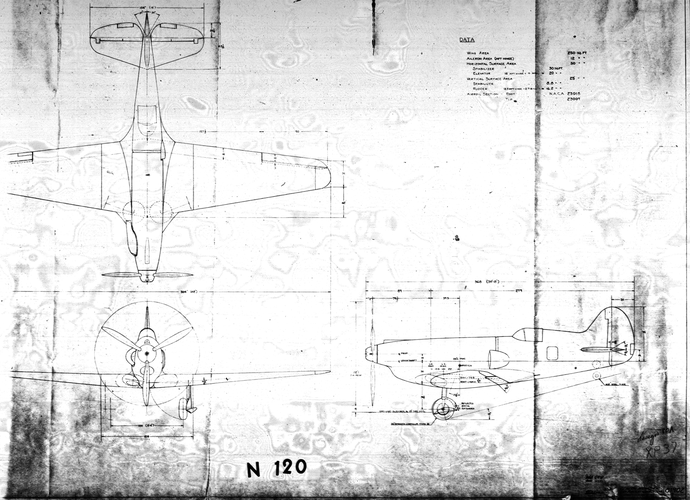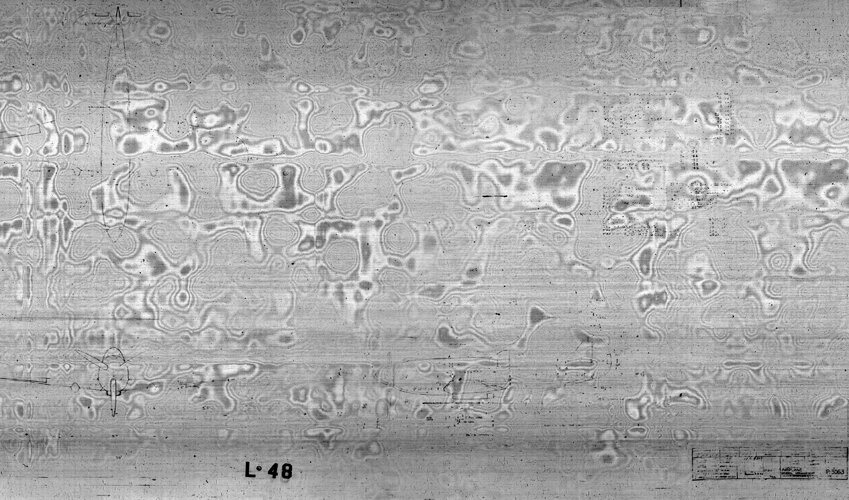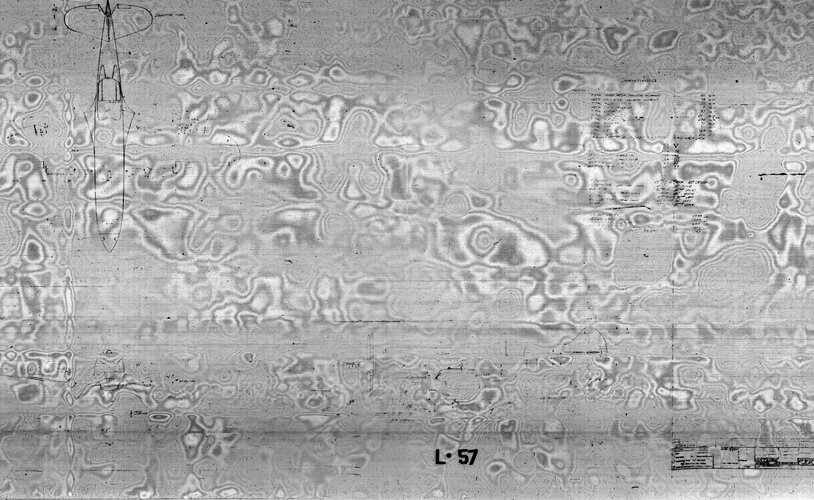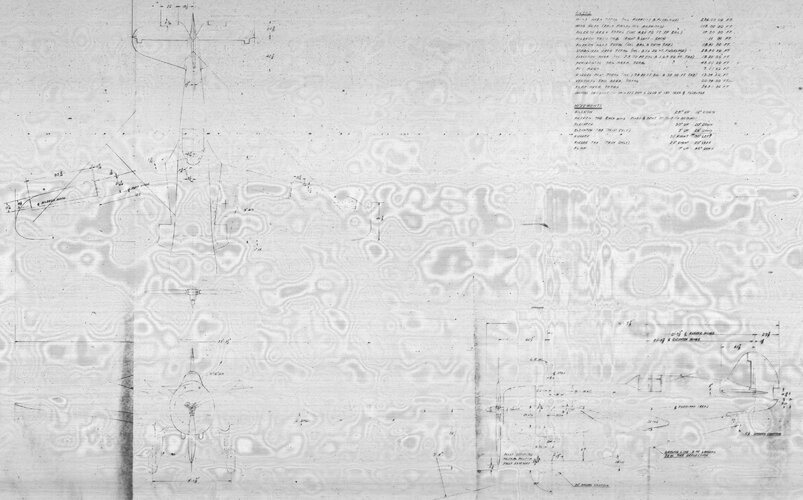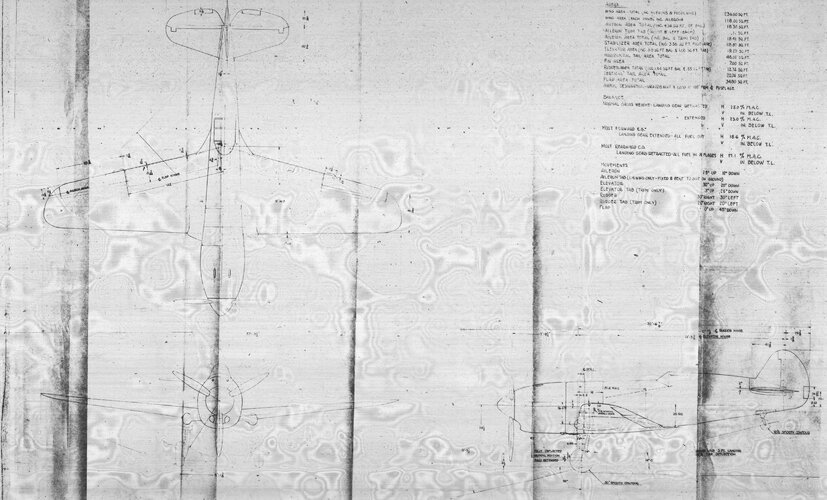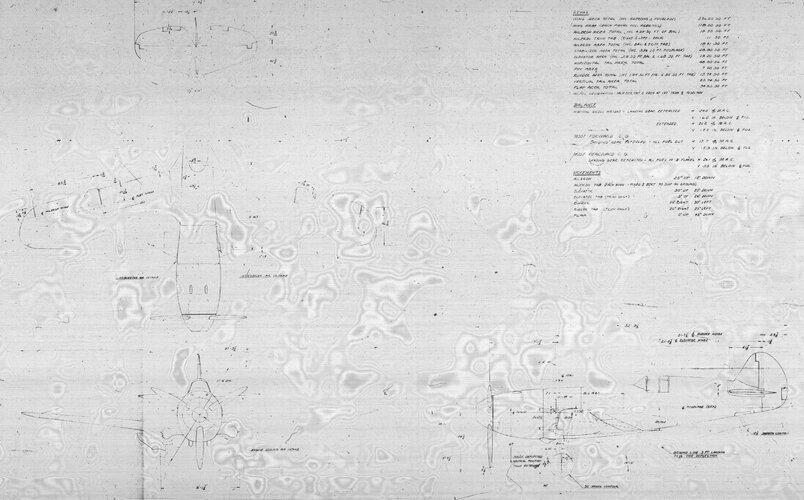ysi_maniac
ACCESS: Confidential
- Joined
- 26 January 2007
- Messages
- 81
- Reaction score
- 30
There is other Curtiss fighters thread already in this forum but under "Designation systems". IMO to speak about these projects must be done under "Early Aircraft projecs". Anyway, administrators can move this thread wherever they want.
I begin speaking about this plane: http://www.secretprojects.co.uk/forum/index.php/topic,1643.msg153832.html#msg153832
Taken from: http://www.amazon.com/gp/product/0764325809/ref=ox_sc_act_title_2?ie=UTF8&m=ATVPDKIKX0DER
In 1940, Pratt & Whitney purchased from Curtiss a complete H81A-1 (P-40) airframe, without engine, with the intention of using it to test their R-1830-SSC7-G Twin Wasp. The resulting aircraft looked like a P-36 on steroids.
By November 10 1942 P&W reported that this hybrid plane performed much better than P-40F.
By December 29 1942, the Air Materiel Command ruled that "putting the R-1830 engine into the latest type P-40 aircraft is viewed as not worth the trouble and engineering time".
I begin speaking about this plane: http://www.secretprojects.co.uk/forum/index.php/topic,1643.msg153832.html#msg153832
Taken from: http://www.amazon.com/gp/product/0764325809/ref=ox_sc_act_title_2?ie=UTF8&m=ATVPDKIKX0DER
In 1940, Pratt & Whitney purchased from Curtiss a complete H81A-1 (P-40) airframe, without engine, with the intention of using it to test their R-1830-SSC7-G Twin Wasp. The resulting aircraft looked like a P-36 on steroids.
By November 10 1942 P&W reported that this hybrid plane performed much better than P-40F.
By December 29 1942, the Air Materiel Command ruled that "putting the R-1830 engine into the latest type P-40 aircraft is viewed as not worth the trouble and engineering time".


























